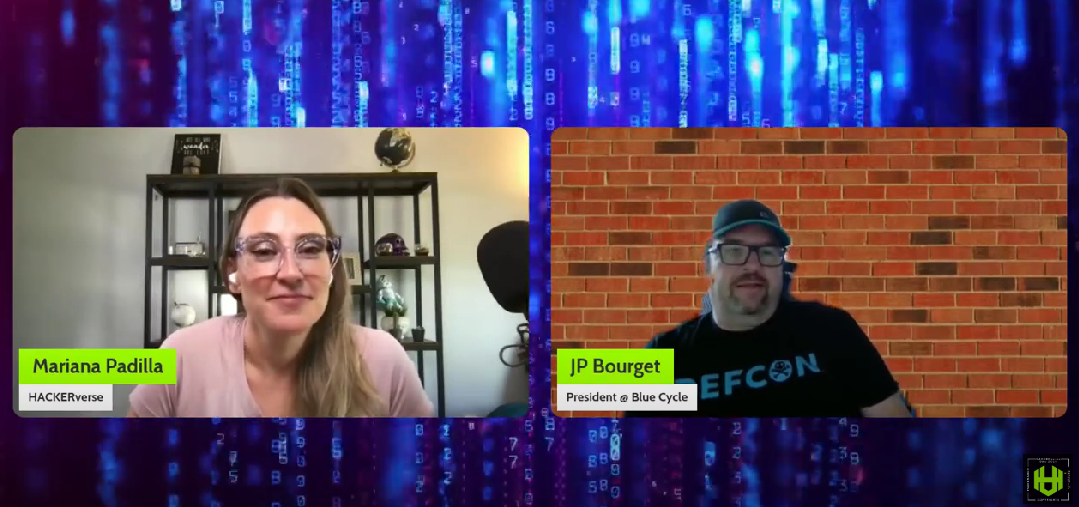With businesses becoming ever more digitalized, the number of endpoints that hackers have to choose from is enormous, with no signs of slowing down. Organizations must equip their security teams with the necessary tools to analyze and respond to these threats to help ensure businesses everywhere can combat these ongoing issues.
This blog examines endpoint detection and response and why they are essential for businesses. Keep reading to learn more.
What is Endpoint Detection and Response (EDR)?
Endpoint Detection and Response (EDR) constantly monitors end-user devices to locate and proactively respond to cyber threats like sophisticated malware and ransomware. EDR, sometimes called endpoint detection and threat response (EDTR), was initially coined by Gartner’s Anton Chuvakin.
Chuvakin defines EDR as a solution that “records and stores endpoint-system-level behaviors, uses various data analytics techniques to detect suspicious system behavior, provides contextual information, blocks malicious activity, and provides remediation suggestions to restore affected systems.”
How does EDR work?
The way EDR operates is that it records all activities and events that occur on any endpoints and workloads in real time; this helps to provide cybersecurity teams with the visibility to uncover incidents that might otherwise remain hidden.
An EDR tool must include threat detection, investigation, and response capabilities such as incident data search and investigation alert triage, suspicious activity validation, threat hunting, and malicious activity detection and containment.
5 Reasons Why EDR is Important
Businesses of all sizes need to know that hackers are always looking for their next victim, regardless of how small or big they might be. For organizations, it’s crucial to have solid defenses to combat these ongoing issues; that’s where EDR comes in. Below are five reasons why EDRs are so critical for the growth and success of any business.
- Prevention Alone isn’t Enough
The truth is that prevention is helpful and necessary, but it isn’t a guarantee of 100% protection against attacks. When prevention fails, an organization can be left in the dark by its current endpoint security solution. Hackers will take this opportunity to linger and explore further inside the company’s network.
- Hackers can Hide and Linger
In situations due to silent failures, hackers can take advantage of the circumstances and freely move around the firm’s online environment and, in some cases, create secret back doors to allow them to return as they please.
- Organizations Need to Monitor Endpoints Effectively
A company’s IT professionals must have ample visibility to monitor all endpoints effectively. Once a breach is finally uncovered, the victim organization might need to spend months to remedy the issue because of the lack of visibility required to understand what happened and how it occurred.
- Actionable Intelligence is Crucial
Businesses with the visibility needed to understand how and why an attack happens only have half the ingredients needed; the other critical part is actionable intelligence. Without this actionable information that can be used in a tangible way to protect the organization, it’s only a matter of time before the firm will see another attack again.
- Data is Only Half of the Answer
Having the correct data is a game-changer, but even the most effective security teams can be left vulnerable to hackers without the right tools. With the right tools and accurate data, organizations can rest easy knowing that if an attack does occur, their security team can respond appropriately and swiftly to mitigate any possible damage.
HACK Your Sales Cycle with HACKERverse® AI!
If this got you thinking about faster, smarter PoCs, you’re in the right place. We’re redefining cybersecurity sales by cutting PoC timelines from months to days. Want to stay ahead? Explore HACKERverse® AI, see how our AI-powered platform transforms sales cycles, and join our thriving community today!



